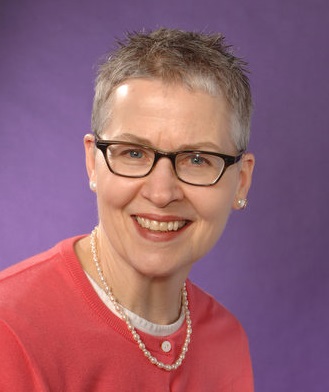With the recent release of the 11th edition of the AMA Manual of Style, I was curious to learn more about the members of the style committee, their background, and their experience working on the manual update. After all, these editorial masterminds spent countless hours debating every detail of AMA style to make our jobs as editors easier.

The first person with whom I chose to chat was Connie Manno, Director of the Freelance Editing Unit at JAMA Network and coauthor of chapter 4, Tables, Figures, and Multimedia. (Full disclosure—she’s my manager.)
Background
Connie started working as a coordinator in the freelance unit at the JAMA Network in 1998 after getting started with the organization as a freelance proofreader. In 2017, she was promoted to the director of the unit.
The freelance team currently consists of 5 in-house coordinators, 12 freelance editors, and 4 freelance copyreaders and is constantly growing. The team has doubled since Connie started in the unit to keep up with the increasing number of manuscripts and the greater amount of content published by the JAMA Network.
Expectations for Freelance Editors
When asked about the expectations of the freelance editors, Connie stated that the preference is for each to edit at least 3 major manuscript per week and to handle the initial set of author revisions. The editors are expected to take a substantive editing approach, with strict adherence to the AMA Manual of Style.
They are contacted at least monthly with updates to or reminders about journal style and policy. The coordinators review the work of the freelance editors and provide feedback as necessary. Furthermore, every spring, the freelance editors are invited to a day-long conference to experience a deeper dive into style and policy.
Over the years, Connie has discovered her aptitude and joy in training new freelancers and coordinators. She attributes her knowledge of AMA style to this aspect of her job. She finds that it’s more effective to provide the exact sections of the manual to new editors on their reviewed manuscripts so that they can see why changes were made and know where to look for those items in the future. Like many of your manuals, Connie’s is meticulously organized with tabs, highlights, and underlines.
On Editing Figures
One section of scientific manuscripts that can be particularly challenging to edit is figures. Because of her eye for visual representation of data, Connie was asked to take over development of chapter 4 from Stacy Christiansen, Chair of the AMA Manual of Style and Managing Editor of JAMA. Connie worked on the chapter for the last 3 years of development. Basic editing had been done, but Connie was responsible for finding good examples and, of course, making sure that those examples were edited according to AMA style.
In the process and by working with figure and statistical experts on JAMA for about a year, she gained more in-depth knowledge about which type of figures are best for representing different types of statistics and the data needed for completeness of presentation. You can see Connie’s recent AMA Style Insider post for a summary of updates to the chapter–she hopes that you find it informative and helpful!
Questions?
Please feel free to send your questions about figures and tables style to stylemanual@jamanetwork.org or @AMAManual on Twitter.–Sara Billings
